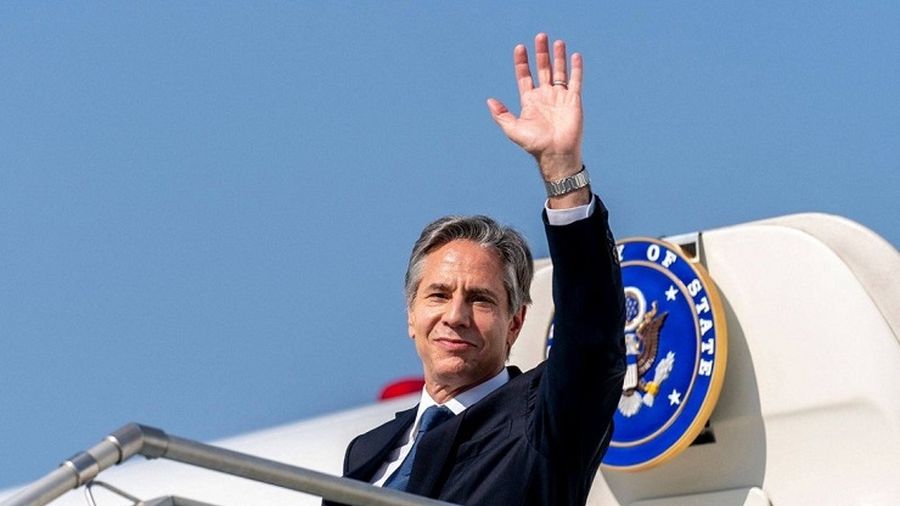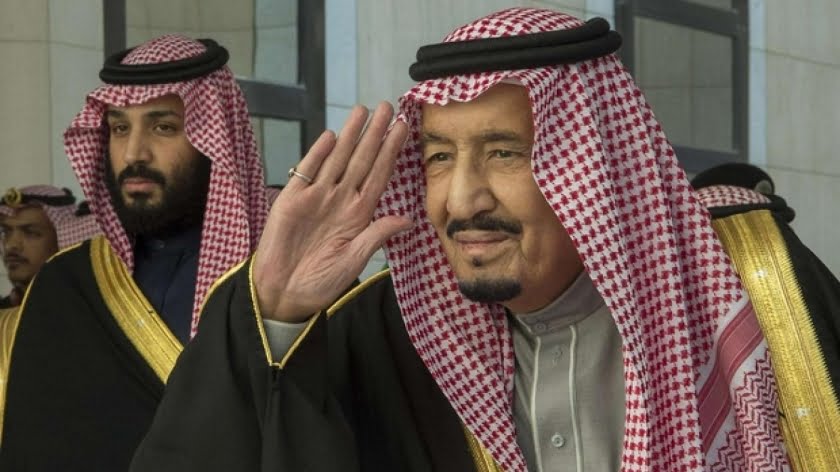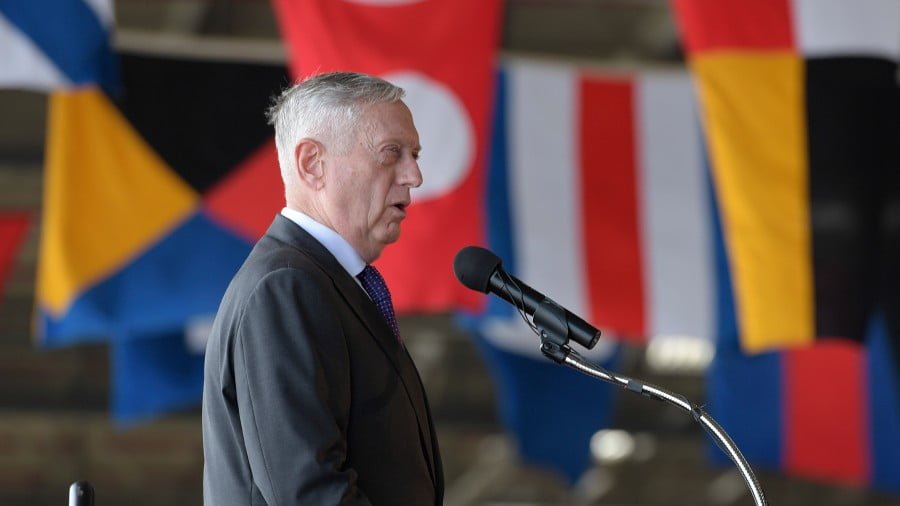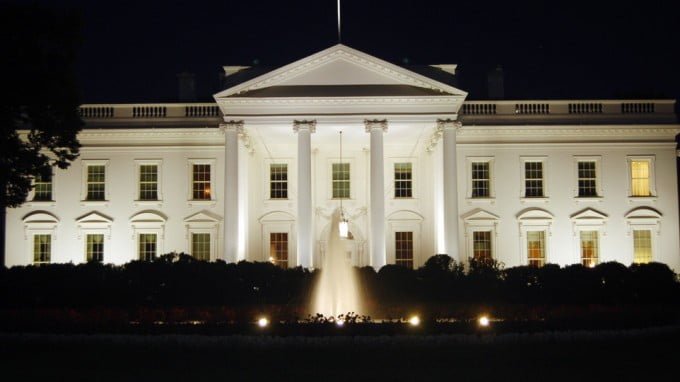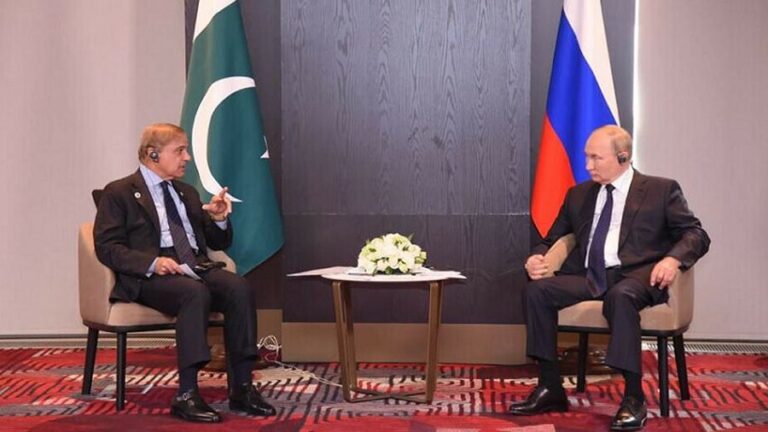Antony Blinken Visited the South-East Asian Region Yet Again
Another tour, started on December 9 by Secretary of State Antony Blinken, may have been unprecedented since he took office, both in terms of the number of countries visited and the breadth of topics that were supposed to be discussed with foreign colleagues.
The plan was for the trip to include three phases: a stop in Liverpool to attend a G7 ministerial meeting, a visit to three Southeast Asian countries, and, finally, a meeting in Honolulu with the commander of the United States Indo-Pacific Command, Admiral John Aquilino, appointed to the position only six months earlier. All three phases were united by the main foreign policy issue, which the US leadership recognizes China as a global power.
The author does not intend to discuss the question here, however legitimate, as to why the US perceives China as a global power. Let’s just take this position of Washington for granted, which in turn is one of the main constants of the modern stage of Great World Politics. Therefore, the second of the three stages outlined above should be emphasized, since it is in the Southeast Asian sub-region, to which Taiwan adjoins, that the confrontation between the two leading world powers takes place in the most acute and dangerous form. And the theme of confronting China was also the primary concern of Antony Blinken throughout this tour.
During the first phase of the visit of the US Secretary of State, i.e., during the regular G7 ministerial meeting held on December 11-12 in Liverpool, a separate meeting was devoted to the situation in Southeast Asia. This was the first time that ministers from the ten countries that make up ASEAN were invited. One part was directly in Liverpool, the other part spoke by video link.
UK Foreign Secretary Elizabeth Truss played a leading role throughout the G7 forum. She was the main generator of the well-established anti-Chinese and anti-Russian rhetoric in Liverpool.
The invitation of ASEAN ministers can also be seen as a measure to keep the G7 configuration afloat, which is rapidly losing its former weight in global politics. During the regular G7 ministerial meeting, the world’s mass media mentioned nothing else, apart from the above-mentioned countries. This is why so much attention was paid to the fact that the forum participants visited The Beatles Story, a museum in Liverpool, where Japanese Foreign Minister Yoshimasa Hayashi performed Imagine, and a song by John Lennon, on a museum’s piano.
Antony Blinken got an opportunity to perform his own “diplomatic aria” in Jakarta, the capital of Indonesia, which was the next point of the tour after Liverpool. Several events were held here, including meetings with Indonesian President Joko Widodo and Foreign Minister Retno Marsudi. During one of the events, Antony Blinken gave a keynote speech, several passages of which deserve attention.
Above all, it is about the US Secretary of State’s definition of the US as a proud Indo-Pacific nation, determined to work together with regional allies and partners. This is not the first time that the US leadership, including recent presidents, has stated that the US belongs to this region. In this case, Antony Blinken only confirmed the above-mentioned trend of shifting Washington’s fundamental interests to the Indo-Pacific Region.
Explaining why the region will shape the global trajectory of the 21st century, the US Secretary of State recalls it already houses 60% of the world economy and is expected to grow by two-thirds in the next five years. The Indo-Pacific Region is home to half the world’s population and the world’s largest economies. Most of the future face of our planet, according to Antony Blinken, will be formed in this region.
The US strategy in it was outlined in terms of the following five main theses:
– “the principle of freedom and openness of Indo-Pacific Region will be promoted”;
– “ties within and outside the region will be strengthened”;
– “we will promote universal prosperity”;
– “we will increase the sustainability of the Indo-Pacific Region” in the spread of the COVID-19 pandemic and climate change;
– “we will strengthen security in the Indo-Pacific Region.”
At the level of public rhetoric, all these elements of the American strategy in the Indo-Pacific region, in one form or another (applicable, however, to other regions as well) have been outlined before. This is particularly true of the first of these, which has become a repeated meme whenever the key issue of the US positioning is raised directly or indirectly due to the perception of China’s emergence as a second global power.
Antony Blinken illustrated all these theses with concrete examples. The first was explained, for example, by the issue of democracy and respect for human rights, in which context the Summit for Democracy that had just taken place was mentioned. Both, in his view, are violated in Myanmar (formerly called Burma) after the famous events that occurred in that country on February 1 this year.
In explaining the second and fifth elements, reference was made to the long-established military alliances with several countries in the region (Japan, Australia, South Korea, the Philippines, Thailand) as well as the newly formed AUKUS configuration, which included the US, the United Kingdom, and Australia. There has also been talk of a QUAD configuration involving the US, Japan, India, and Australia that does not yet contain any military component.
From Jakarta, the US Secretary of State traveled to the Malaysian capital, Kuala Lumpur, where he had talks with Foreign Minister Saifuddin Abdullah and Prime Minister Ismail Sabri Yaakob Judging by the content of the joint press conference of Saifuddin Abdullah and Antony Blinken, the main provisions of the latter’s policy statement in Jakarta, in one form or another, were present when he presented the US position at the talks in Malaysia.
In Kuala Lumpur, the second leg and all discussed overseas trip of the US Secretary of State has ended. That is, both his visit to Thailand and his meeting with the commander of the United States Indo-Pacific Command, Admiral John Aquilino, were cancelled. Since one of the delegation members was found to have COVID-19, something not to be trifled with.
Nevertheless, the very planning of this last phase deserves at least a brief remark. The point is, the problem of strengthening the US military presence in the Indo-Asian Region has received increased attention for a long time (at least since the second half of the zero decade). Today, the US Indo-Pacific Command is the largest and most powerful one in the US Armed Forces. The plan of the visit of the US Secretary of State to the Indo-Pacific Command headquarters was linked with an important message to the outside world, which once again confirmed the validity of the key thesis by President Joe Biden regarding his Administration’s foreign policy strategy. This thesis states that the US military power will reinforce the Priority of Diplomacy in the international arena. As they say, this is great news.
The fact illustrates Southeast Asia’s growing importance in US foreign policy that senior US officials are traveling to the sub-region more frequently. For Antony Blinken, this was his third visit in 2021. Secretary of Defense Lloyd Austin (visited twice, the first time accompanied by Antony Blinken) and Vice President Kamala Harris also traveled there. President Joe Biden participated in several ASEAN-based online forums.
Note that China is by no means inferior to the US in its positions in Southeast Asia. China’s important adjustment of its strategy in the sub-region in the middle of the last decade in terms of reducing its military and political assertiveness in its relations with the countries of Southeast Asia has greatly contributed to this. At the same time, the component related to trade and economic cooperation and the implementation of joint projects (for example, those driven by the need to manage the Mekong’s water resources) has sharply increased.
Perhaps, the very presence of these two trends in Beijing’s foreign policy reflects the presence of different factions in the country’s leadership, which no less differently approach the solution of its foreign policy problems.
It should be emphasized once again that all of the above confirms the effect, long-noted by NEO, of the shift of focus of American foreign policy preferences towrds the Indo-Pacific Region in general, and Southeast Asia especially. These preferences are increasingly at odds with the interests of a key geopolitical opponent, that being China.

